The historical monuments of Córdoba document architectural development from the 1st to the 20th century. The Mosque-Cathedral with its 856 columns forms the centerpiece of the religious heritage. The Alcázar de los Reyes Cristianos with its terraced gardens and the Roman bridge over the Guadalquivir River bear witness to the Roman and Moorish past. The archaeological site of Medina Azahara lies outside the city and displays the remains of the 10th-century palace city. Medieval churches and Renaissance palaces line the historic center. Traditional courtyards with fountains and flowers characterize the residential quarters of the old town.
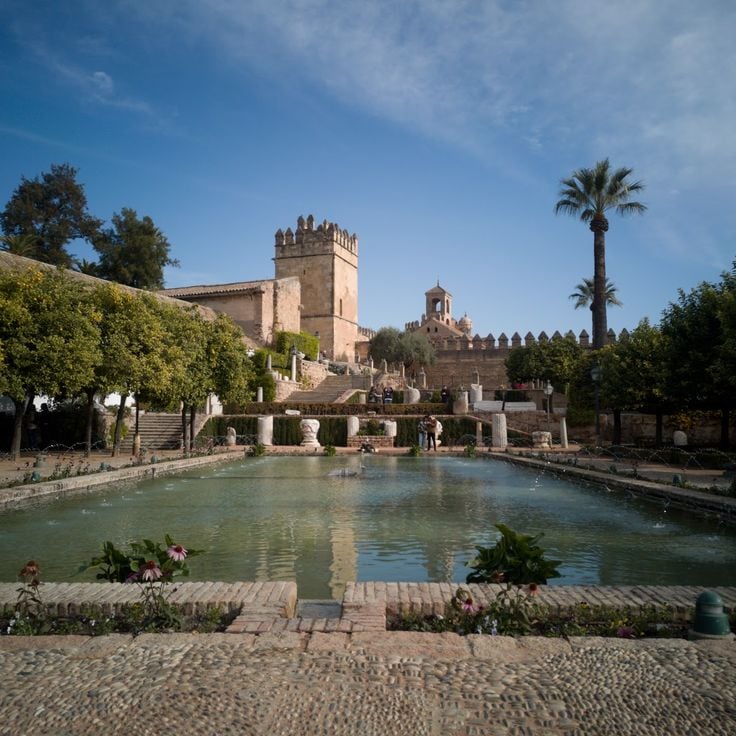
Córdoba, Spain
The Alcázar of the Christian Monarchs was constructed in the 14th century on the remains of earlier Roman and Moorish structures. The fortress served as a residence for the Catholic Monarchs during the Reconquista and later housed the Spanish Inquisition. The complex features four defensive towers, including the Torre de los Leones and the Torre del Homenaje, along with royal halls displaying Roman mosaics from the 2nd and 3rd centuries. The Moorish baths demonstrate Islamic architectural traditions with vaulted ceilings and columns. The terraced gardens extend across multiple levels, combining Andalusian and French landscape design with water features, rectangular pools, and orange trees.
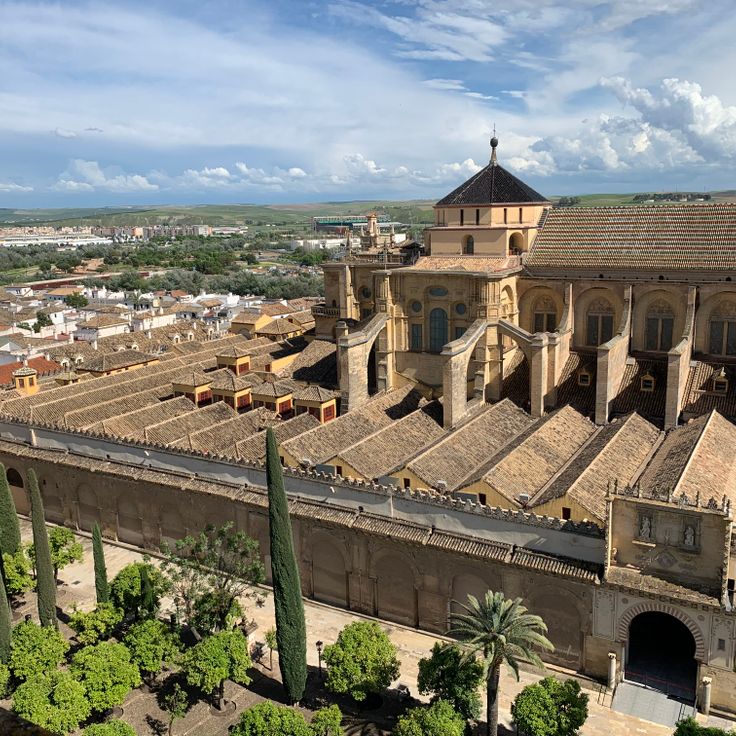
Córdoba, Spain
The Mosque-Cathedral of Córdoba was constructed in 784 under the reign of Abd al-Rahman I and expanded over two centuries. The building contains 856 columns made of marble, granite, and jasper, connected by two-tone red and white horseshoe arches. The prayer hall covers an area of 23,000 square meters. In 1236, following the Christian reconquest, the mosque was consecrated as a cathedral. During the 16th century, Charles V commissioned a Renaissance nave to be inserted into the center of the Islamic structure. The 10th-century mihrab niche features Byzantine mosaics with geometric patterns and calligraphic inscriptions. The courtyard, known as the Patio de los Naranjos, preserves the original orange trees and fountains used for ritual ablutions.
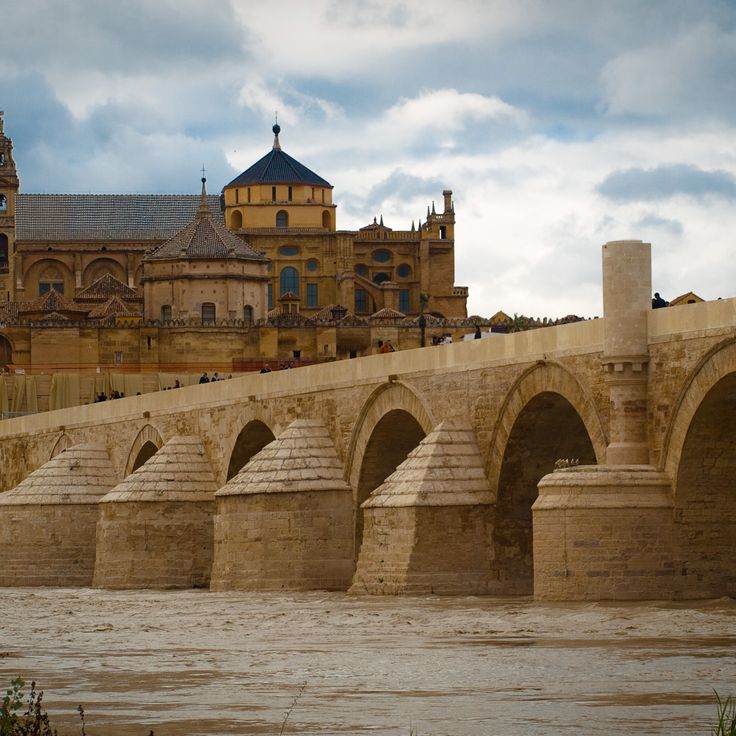
Córdoba, Spain
The Roman Bridge of Córdoba spans the Guadalquivir River with sixteen stone arches. It was built in the first century BC and served for centuries as the main access to the city. The bridge extends 247 meters and connects the historic center with the Campo de la Verdad district. At its southern end stands the Torre de la Calahorra, a medieval defensive tower. The structure underwent several renovations under Moorish and Christian rule, with the current form primarily reflecting medieval modifications.
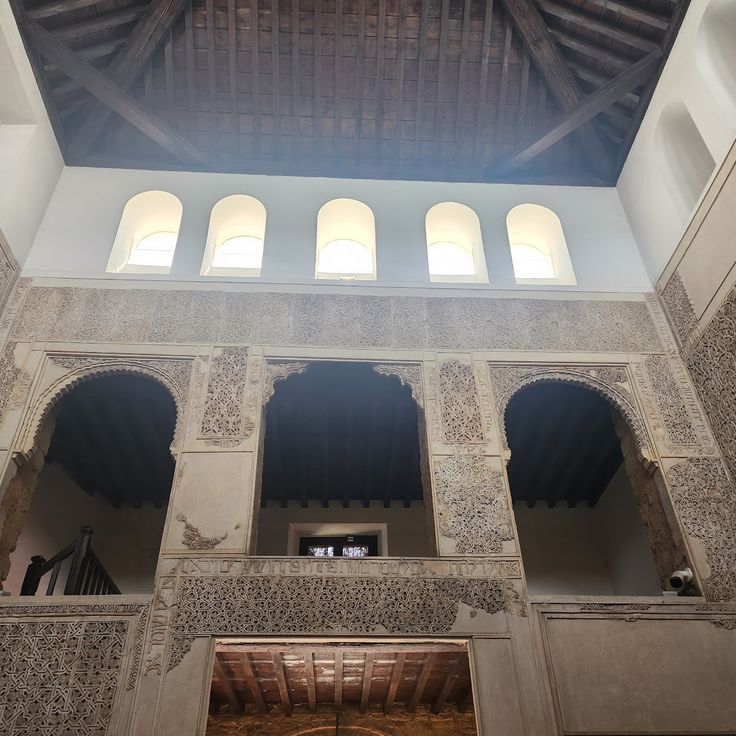
Córdoba, Spain
The Córdoba Synagogue was built in 1315 during the Moorish period and represents one of the few surviving medieval Jewish temples on the Iberian Peninsula. The prayer hall features exceptional decoration with Hebrew inscriptions from the Psalms alongside geometric and floral stucco ornamentation in Mudéjar style. Following the expulsion of the Jewish community in 1492, the synagogue served various purposes, including as a hospital and chapel. The preserved wall decorations document the artistic interaction between Islamic, Jewish, and Christian traditions in medieval Andalusia.

Córdoba, Spain
The Royal Stables were built in 1570 under King Philip II to establish a breeding program for Andalusian horses. The building combines functional architecture with representative elements: stone arches frame the stable corridors, while Tuscan columns structure the interior spaces. The courtyard serves as a central gathering area. Today, the Royal Stables host regular equestrian shows that present the traditional dressage of Spanish horses.

Córdoba, Spain
This Plaza de la Corredera was built in 1687 and forms a rectangular public square in the center of Córdoba. The architecture follows the model of enclosed Castilian squares with continuous arcades on three levels. The buildings display characteristic red facades with 88 arches on the ground floor housing shops and bars. The square historically served as a marketplace and bullring. Today it hosts a regular market and cultural events. The restoration in the 1950s preserved the original 17th-century structure.

Córdoba, Spain
The Caliphal Baths were constructed in the 10th century during the reign of Al-Hakam II and functioned as a public bathing facility in Moorish Córdoba. The building follows the classical Roman-Arabic architectural style with several vaulted rooms supported by columns. The complex includes different areas with cold, warm and hot water pools, maintaining the traditional structure of oriental hammams. Natural light entered the interior spaces through star-shaped openings in the domes. These baths represent one of the few remaining examples of the hygiene culture during the Caliphate of Córdoba.
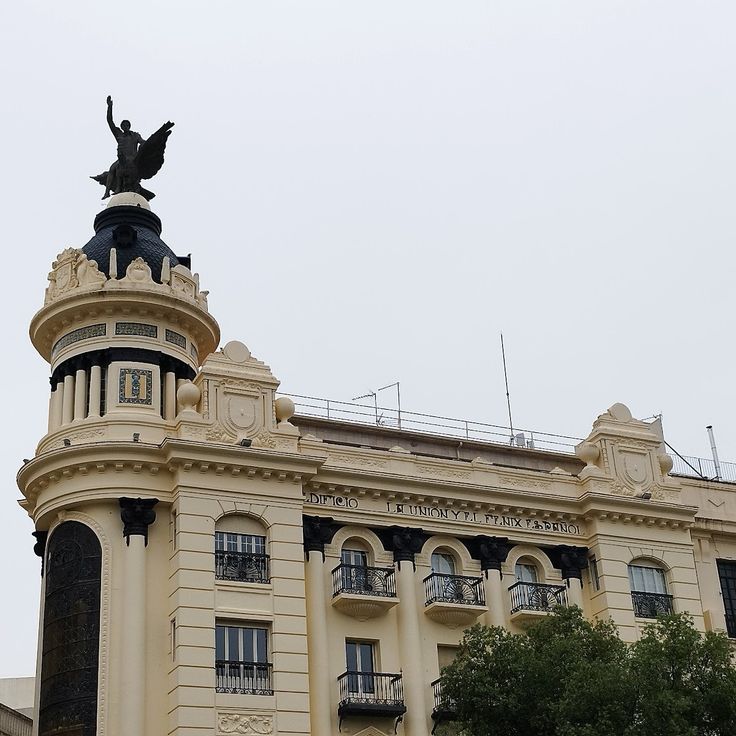
Córdoba, Spain
Plaza de las Tendillas is the central square of Córdoba and serves as the main meeting point in the city. The square was built in the early 20th century and is paved with grey granite. At its center stands a large clock that chimes every hour and is used by locals as a reference point. An equestrian statue of the Gran Capitán, Gonzalo Fernández de Córdoba, dominates the square. The plaza connects several important streets of the city and is surrounded by shops, cafés, and banks.
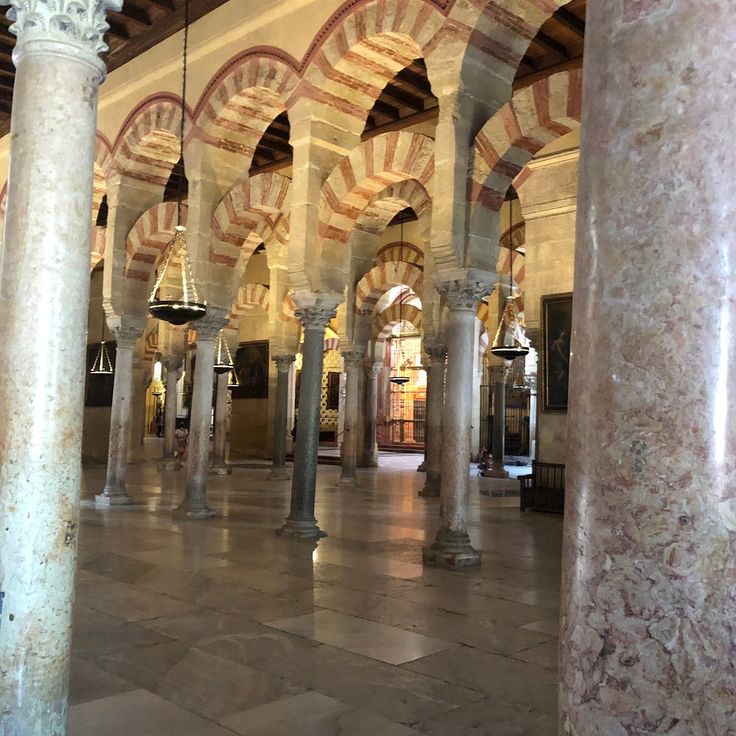
Córdoba, Spain
The Guëmes District is located in central Córdoba and combines traditional low-rise houses with multi-story residential buildings from recent decades. The streets host small workshops and shops where artisans produce and sell leather goods, ceramics and textiles directly to visitors. The district primarily serves as a residential area for local families.
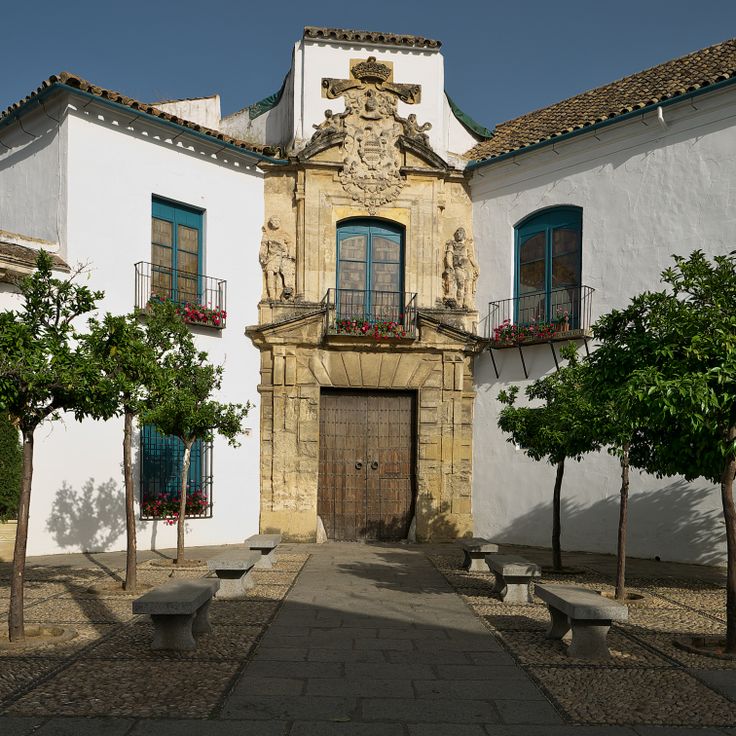
Córdoba, Spain
The Viana Palace is an aristocratic residence from the 16th century known for its twelve interior courtyards. Each courtyard displays different garden styles with fountains, columns and marble elements arranged on various levels. The building was expanded multiple times over the centuries and now houses collections of furniture, paintings, tapestries and porcelain that document the life of Andalusian nobility.
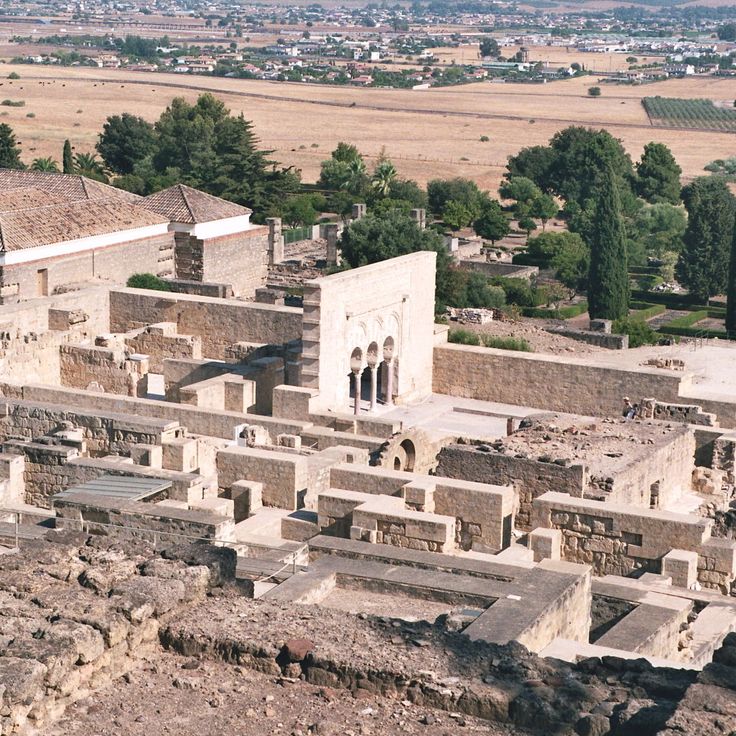
Córdoba, Spain
Medina Azahara is an archaeological site of a 10th-century palace city located eight kilometers west of Córdoba. Caliph Abd al-Rahman III ordered its construction beginning in 936 and made it the administrative capital of the Caliphate of Córdoba. Excavations have uncovered remains of residential quarters, administrative buildings, a mosque, and gardens with water basins. The complex extends across several terraces on the slopes of the Sierra Morena. The site was destroyed and looted during the Fitna civil wars in the early 11th century after less than a century of occupation. Medina Azahara has been a UNESCO World Heritage Site since 2018.

Córdoba, Spain
The Calleja de las Flores is a narrow alley in the historic Jewish Quarter of Córdoba. This street is characterized by its whitewashed house walls, adorned with numerous flower pots containing red geraniums and carnations. Residents decorate their balconies and facades with these traditional Andalusian plants, which create a color contrast against the white lime. At the end of the alley, the view opens onto the bell tower of the Mezquita-Catedral, rising above the low houses.
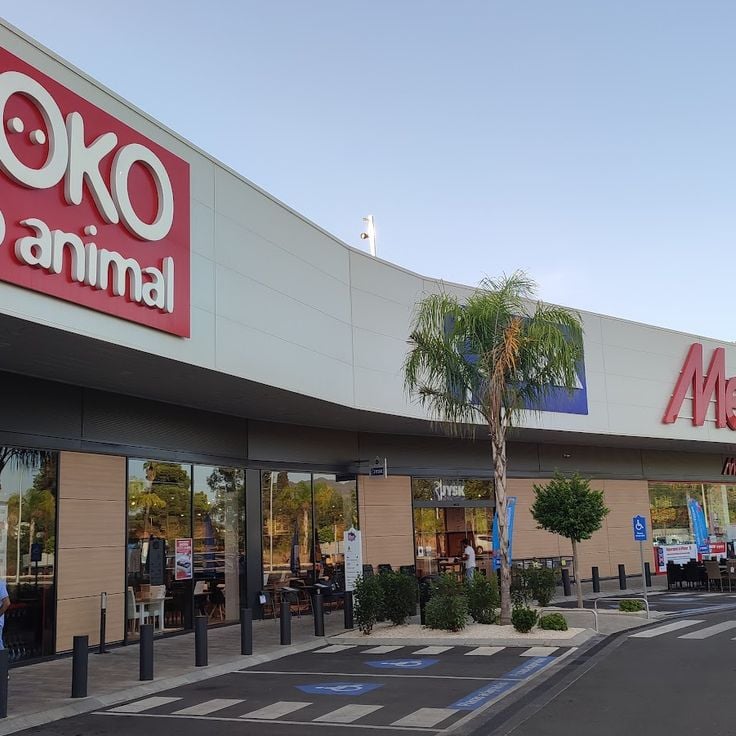
Córdoba, Spain
Patio Olmos is a building from 1909 that originally served as a primary school. Following extensive renovation work, it was converted into a shopping centre in 1999. The centre features a shopping gallery and numerous stores distributed across three levels. The historical facade was preserved during the conversion.
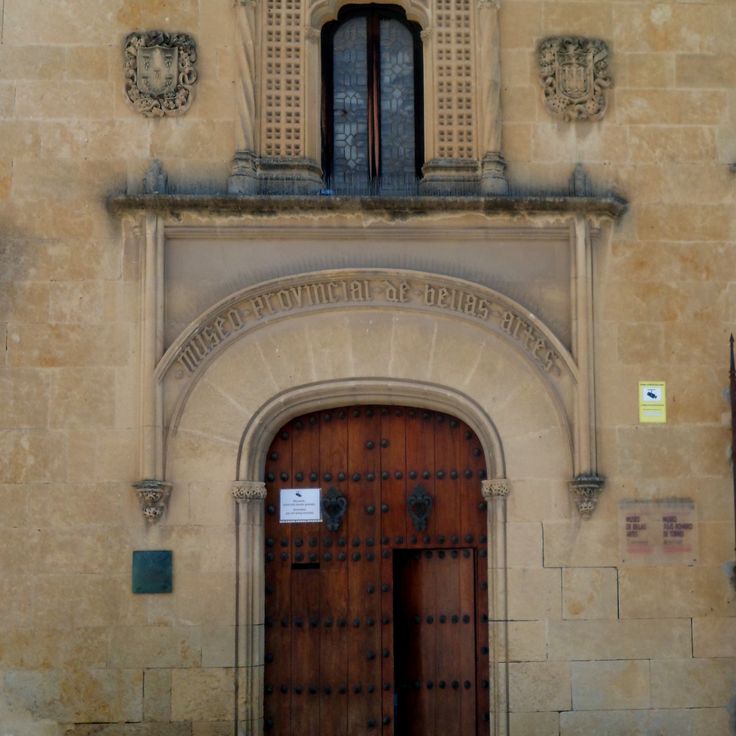
Córdoba, Spain
The Evita Fine Arts Museum is housed in the Palacio Ferreyra, a French-style mansion built in 1916. The museum spans four floors and contains 60 exhibition rooms displaying works by Argentine and international artists from the 19th century to the present day. The collection documents the development of visual arts in Argentina and regularly hosts temporary exhibitions alongside educational programs for visitors of all ages.
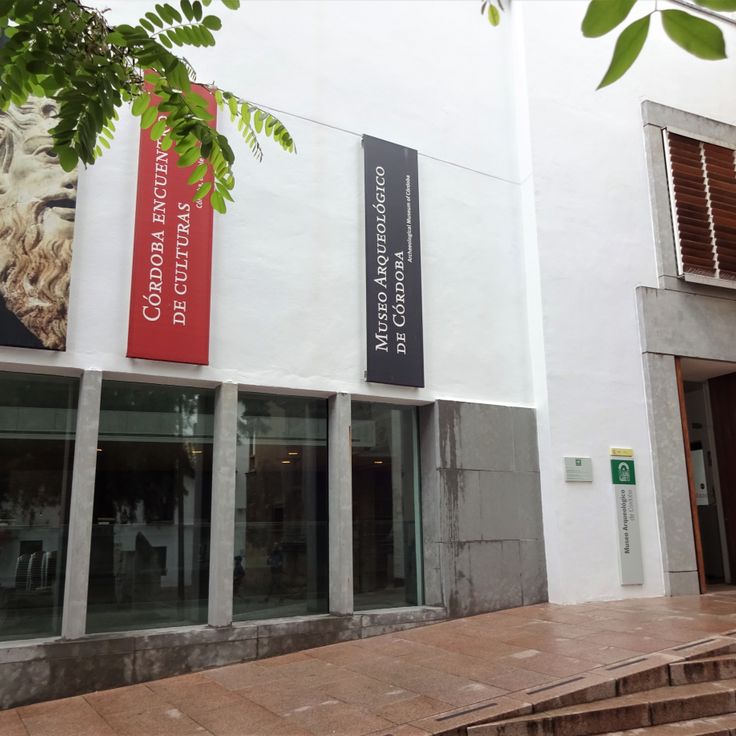
Córdoba, Spain
The Archaeological Museum of Córdoba occupies the 16th-century Renaissance palace of the Páez de Castillejo family. The institution preserves archaeological findings from Córdoba province, spanning from prehistory to the medieval period. The building incorporates the remains of a first-century Roman theatre. The collections include Roman sculptures, mosaics, Iberian pottery, and Visigothic artifacts. The museum presents objects from the Roman city of Corduba as well as from nearby archaeological sites such as Medina Azahara.
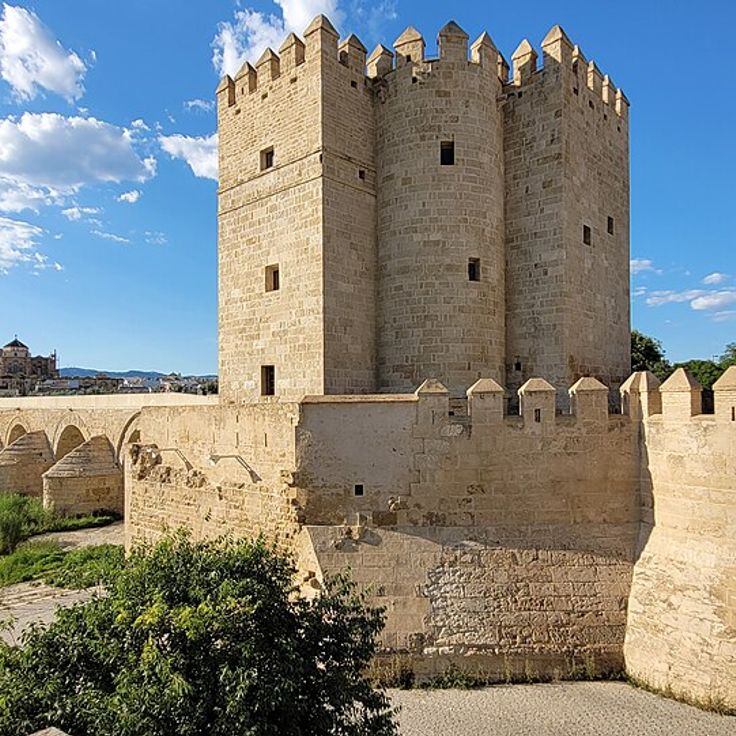
Córdoba, Spain
The Calahorra Tower was built in the twelfth century at the southern end of the Roman Bridge over the Guadalquivir River. This military fortification served to protect the city from attacks and controlled access to the bridge. The structure features a cross-shaped floor plan with several cylindrical towers. Today, the tower houses a museum dedicated to the history of peaceful coexistence between Christians, Jews, and Muslims in medieval Al-Andalus. The exhibitions present documents, instruments, and audiovisual displays about the cultural and scientific contributions of these three communities.
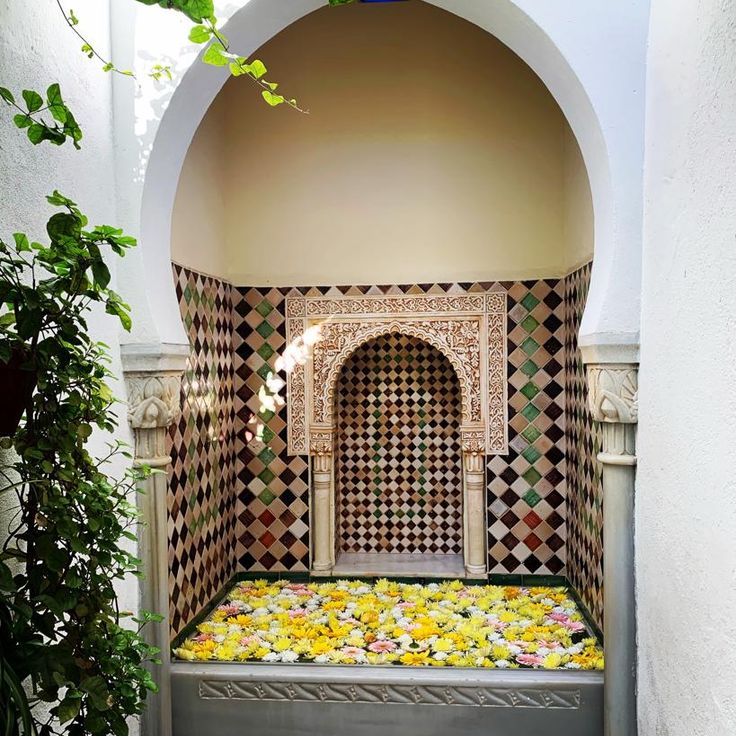
Córdoba, Spain
Casa Andalusi is a 12th-century residence located in the Judería, the historic Jewish quarter of Córdoba. The house illustrates Moorish domestic architecture with a central courtyard surrounded by columns and horseshoe arches. The rooms display original features including stucco work, geometric mosaics and Arabic calligraphy on the walls. The upper floor houses a museum dedicated to Andalusian paper, documenting medieval paper-making techniques. The Moorish-style garden includes fountains and Mediterranean plants.
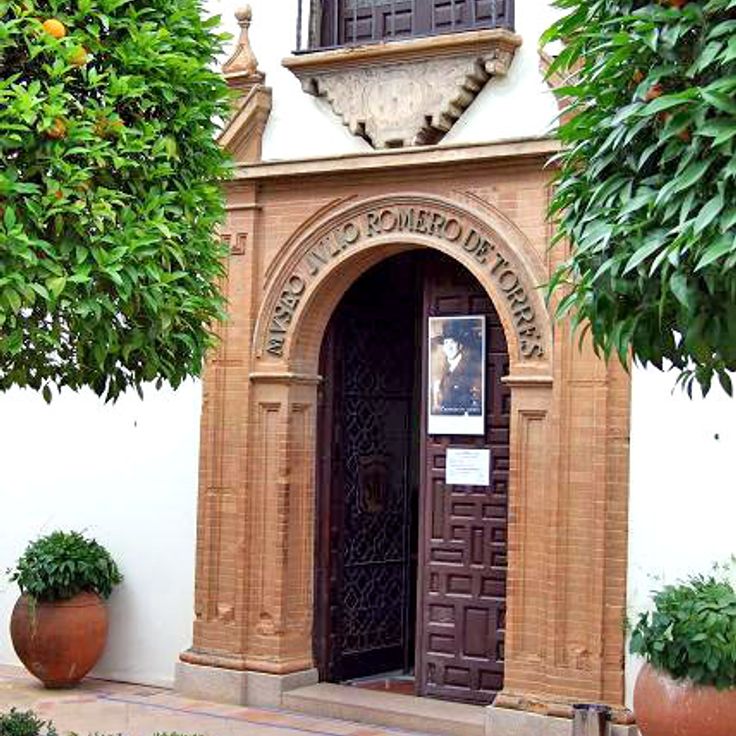
Córdoba, Spain
The museum houses the permanent collection of Julio Romero de Torres, one of the most important Andalusian painters. The exhibition includes oil paintings, drawings and sketches created between 1890 and 1930. The building was originally a medieval hospital in the historic center of Córdoba. The works frequently depict female portraits and scenes from Andalusian life. The artist lived and worked in Córdoba and documented in his works the society and culture of his time.
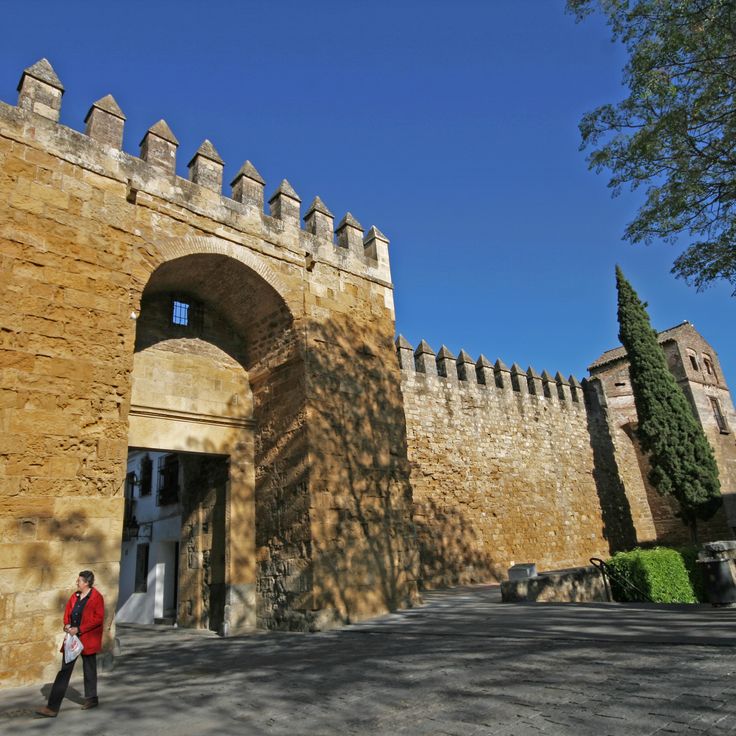
Córdoba, Spain
The Puerta de Almodóvar is one of three remaining gates in the medieval walls of Córdoba. This 14th-century fortified entrance was built during Christian rule on the foundations of an 8th-century Arab gate. The name derives from the Arabic term for the nearby neighborhood. The fortification features a square tower and crenellated battlements. From here, paths lead through the Jewish Quarter to the Mezquita-Catedral. The outer facade displays a statue of Seneca, the Roman philosopher born in Córdoba.
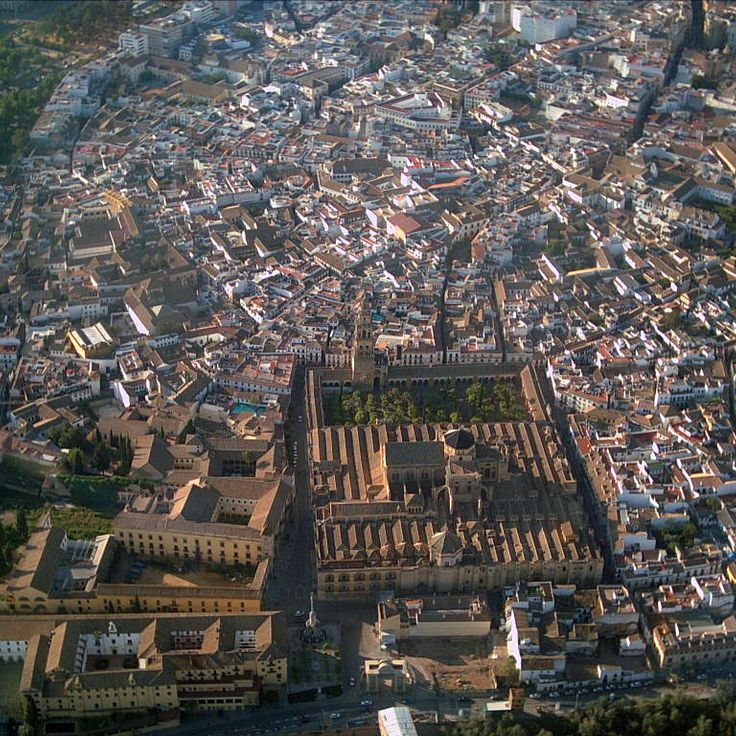
Córdoba, Spain
The historic centre of Córdoba extends around the Mezquita-Catedral and encompasses the medieval quarters developed between the 8th and 15th centuries. The narrow streets of the Jewish Quarter wind through whitewashed houses with plant-filled courtyards, while the 17th-century Plaza de la Corredera forms an enclosed architectural ensemble. The Calleja de las Flores offers views of the former mosque's bell tower, and the Roman bridge across the Guadalquivir connects the old town with the opposite bank.
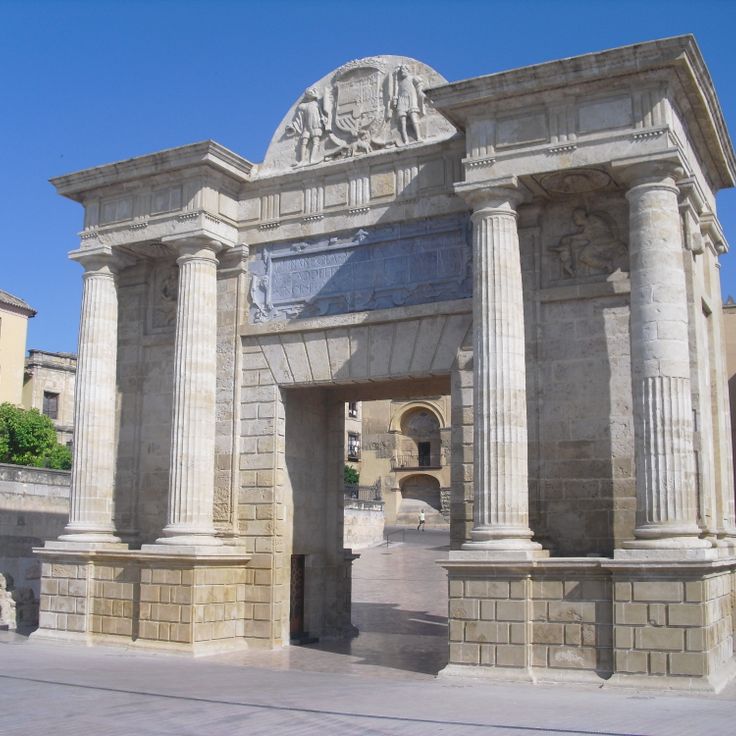
Córdoba, Spain
The Bridge Gate was built in the 14th century as a military fortification to protect the entrance to the Roman bridge. The structure consists of two lateral towers flanking a central archway. This construction formed an important part of Córdoba's urban defence systems and controlled the southern entrance to the city across the Guadalquivir River.
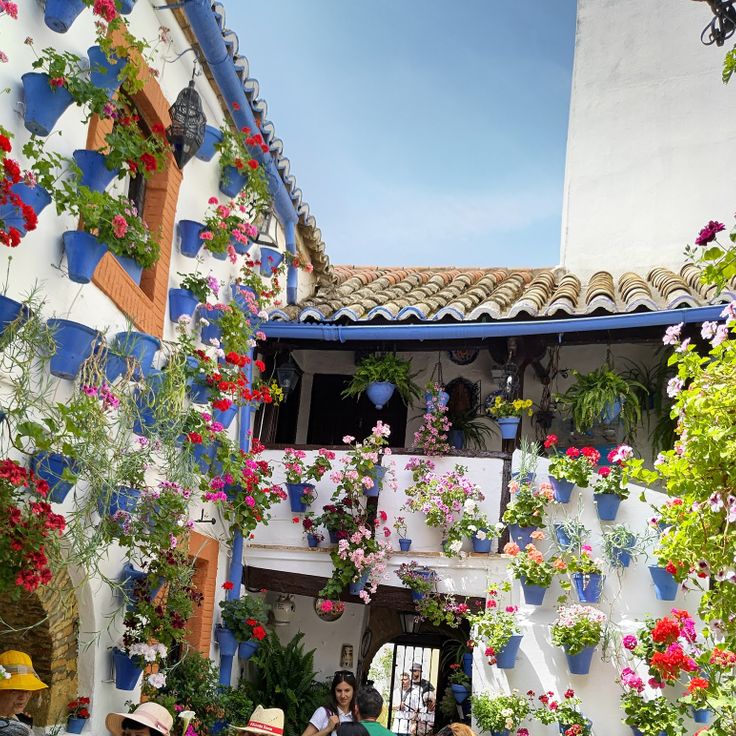
Córdoba, Spain
The Patios de San Basilio are located in the historic district of Córdoba and consist of several interior courtyards within traditional residential houses. These courtyards showcase the Andalusian tradition of patio decoration with potted plants, fountains, and hand-painted ceramic tiles. Residents maintain their patios throughout the year, decorating them with seasonal flowers such as geraniums, jasmine, and carnations. During the May Patio Festival, many homeowners open their courtyards to visitors.

Cordoba, Spain
The Alcazaba Gardens occupy several levels within the medieval fortress walls. This 10th-century complex combines military architecture with Andalusian horticultural design. Rectangular water pools divide the terraces and reflect the surrounding towers. Fountains supply water to the plantings through a centuries-old irrigation system. Cypress trees line the paved pathways, while palm trees provide shade. The beds contain Mediterranean plants including orange trees, oleander, and jasmine. From the upper terraces, views extend across the old town and the Guadalquivir River.

Córdoba, Spain
The Court of the Orange Trees serves as the forecourt of the Mosque-Cathedral of Córdoba and preserves the original layout from the Islamic period. The geometric arrangement of orange trees follows the traditional Moorish garden system with symmetrical rows and a network of irrigation channels. These channels direct water to the 98 trees planted in parallel lines. The courtyard was created in the 10th century during the reign of Al-Hakam II and served both ritual and practical functions for worshippers. The rectangular space measures approximately 130 by 65 meters and is surrounded by arcades that mark the transition between the exterior and the interior of the religious building.
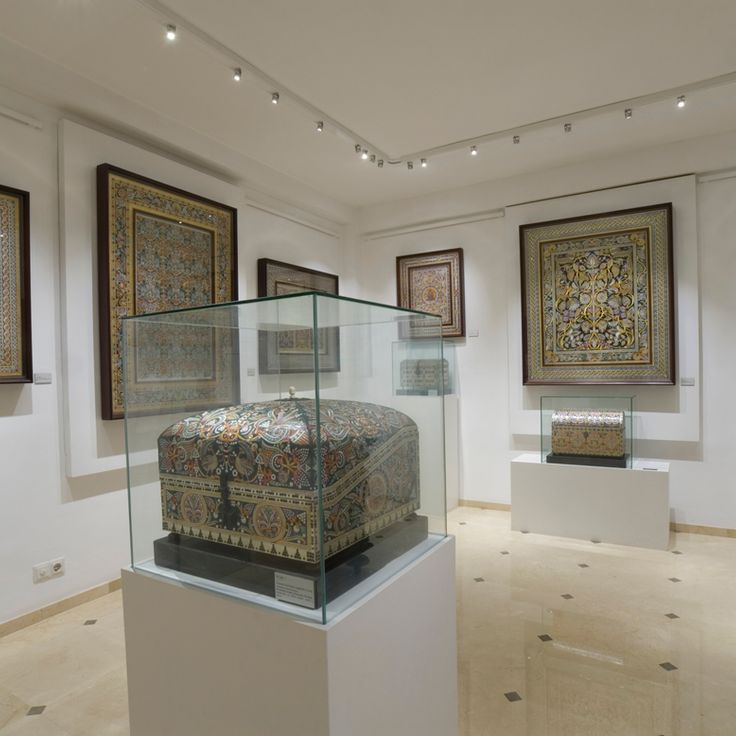
Córdoba, Spain
This museum presents a collection of embossed and decorated leather crafted according to traditional methods from the Umayyad period between the 8th and 11th centuries. The exhibition showcases the technique of guadamecí, an Arabic-Spanish leather art that flourished during Moorish rule in Al-Andalus. The displays document the manufacturing processes where leather was embossed, dyed, and adorned with gold or silver decorations. The museum occupies a historic building in the center of Córdoba and provides insights into this artisanal heritage, which was used for decorating walls, furniture, and liturgical objects.
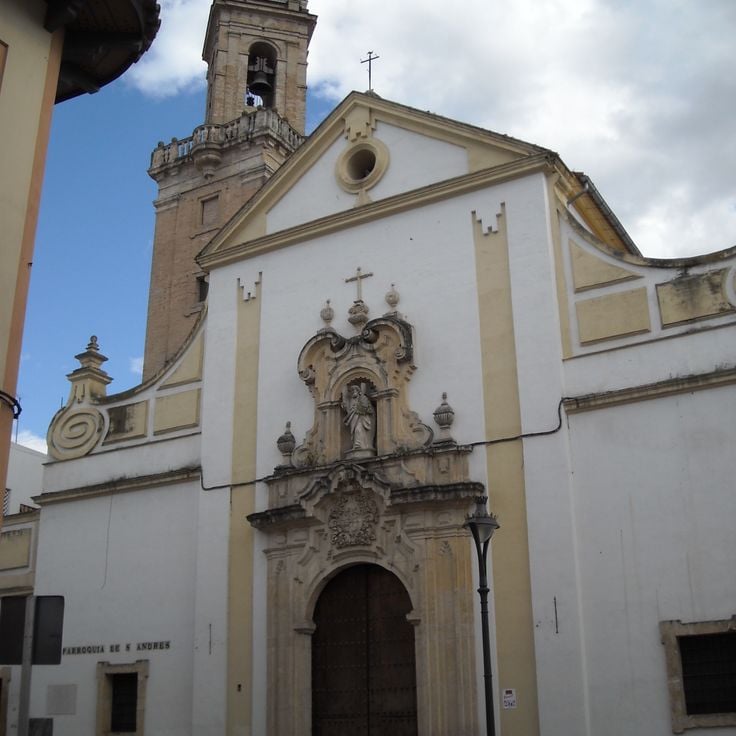
Córdoba, Spain
The Church of San Andrés was built in the 13th century under King Ferdinand III as a Romanesque place of worship. The building underwent various extensions and modifications in subsequent centuries, which added Gothic and Baroque elements. The three-nave structure displays the characteristic features of Fernandino architecture with solid stone walls and pointed arches. The rectangular bell tower was added later and defines the skyline of the neighborhood.
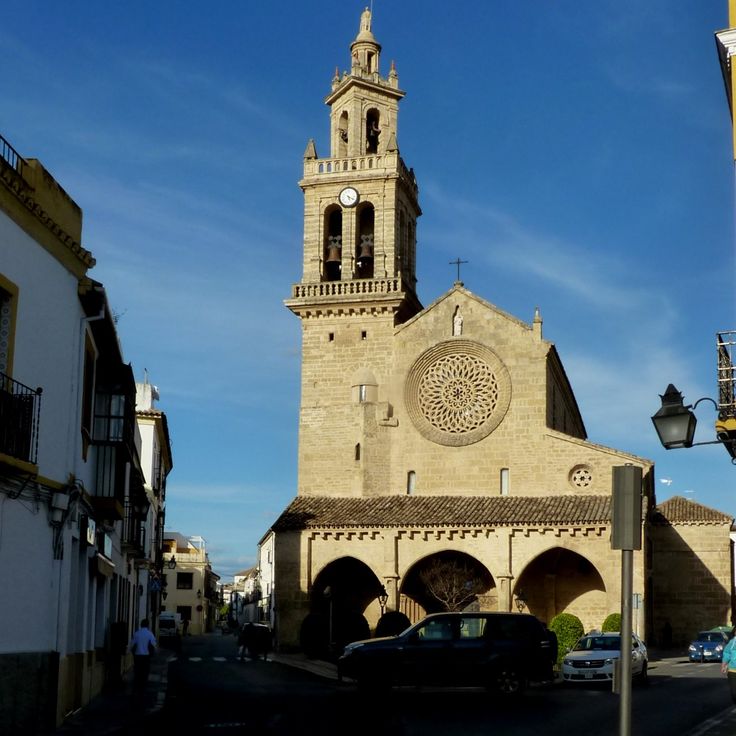
Córdoba, Spain
The Church of San Lorenzo was constructed in the 13th century during the Christian reconquest of Córdoba and ranks among the notable Fernandine churches of the city. The structure combines Romanesque and Gothic architectural elements with Moorish influences visible in its decorative features. An octagonal tower with sound openings and arcades characterizes the exterior appearance. The interior contains three naves with pointed arches and capitals decorated with plant motifs. The western facade portal displays characteristic archivolts and columns. Located in the historic district, this church documents the architectural evolution of Córdoba following the Reconquista period.
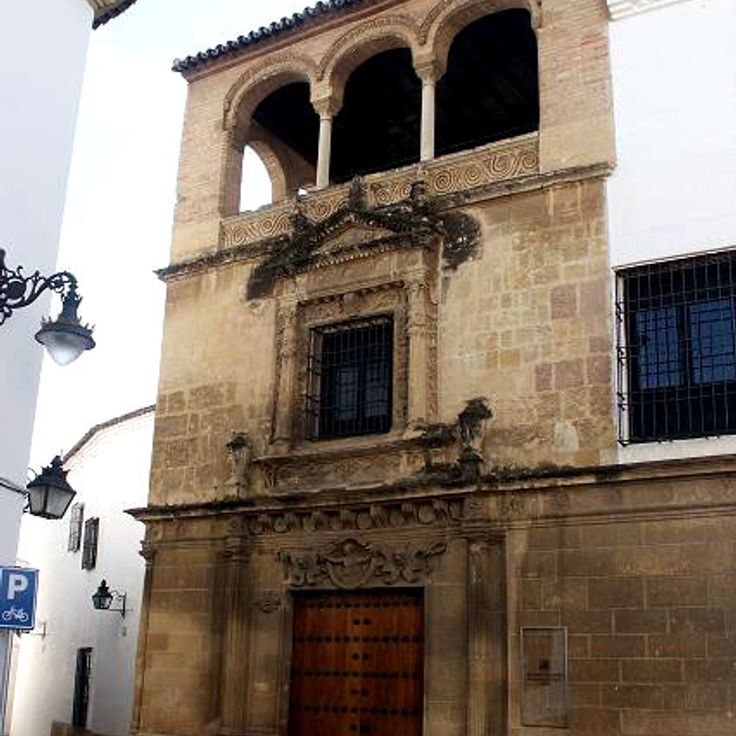
Córdoba, Spain
The Orive Palace is a 16th-century noble residence located in the historic center of Córdoba. The building was constructed for the Orive family and features an interior courtyard with columns designed in the style of Andalusian palace architecture. The patio includes a two-story arcade with marble columns. At the rear, there is a garden with several fountains and water features. The street-facing facade displays typical Renaissance elements with a stone portal. Since the 20th century, the Orive Palace has served as an administrative building and houses various municipal offices of the Córdoba city government.
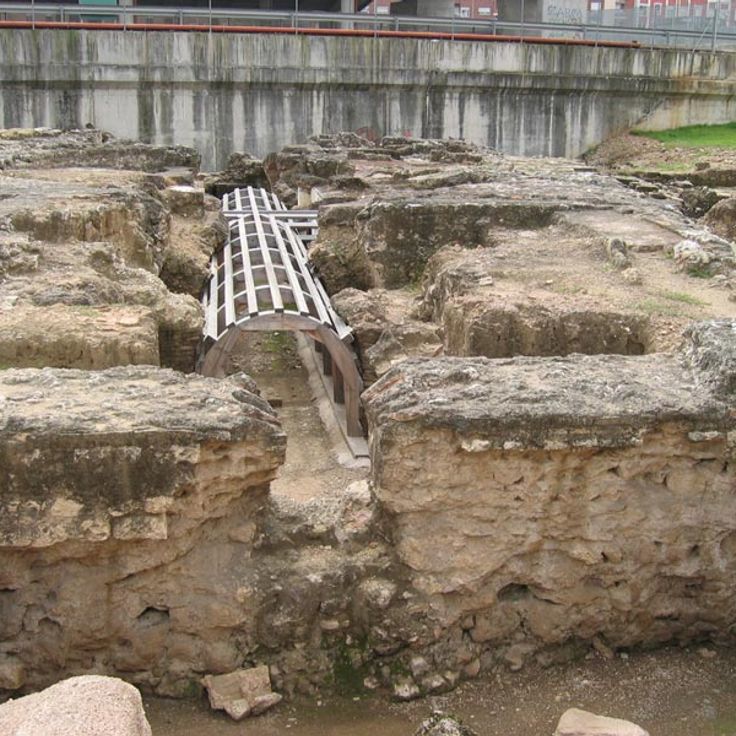
Córdoba, Spain
The Cercadilla Archaeological Site is located in western Córdoba and contains the remains of a Roman palace complex from the late 3rd century. This monumental construction extended over 400 meters in length and consisted of several buildings, including a large reception hall, public baths, residential areas, and terraced gardens. The complex was likely built under Emperor Maximian and served as an administrative center for the province of Baetica. Visitors can now explore the foundation walls, mosaic floors, and remnants of the hydraulic systems.
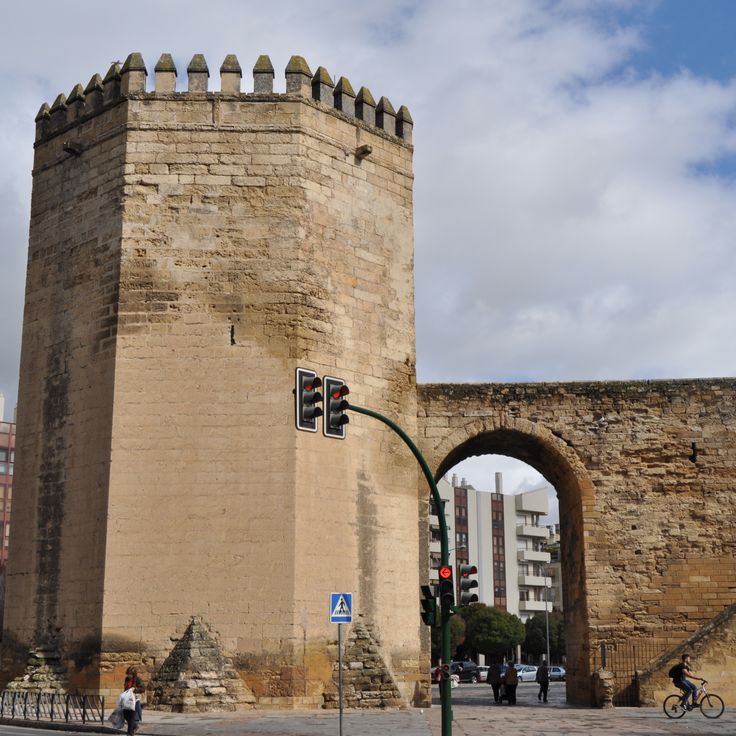
Córdoba, Spain
The Malmuerta Tower was built in 1406 as part of the northern fortifications of the medieval city. This octagonal military structure rises 15 meters high and served to defend Córdoba. The tower is integrated into the old city walls and represents an example of late medieval military architecture in Andalusia. Its geometric form and strategic position demonstrate the importance of urban fortifications in the 15th century.
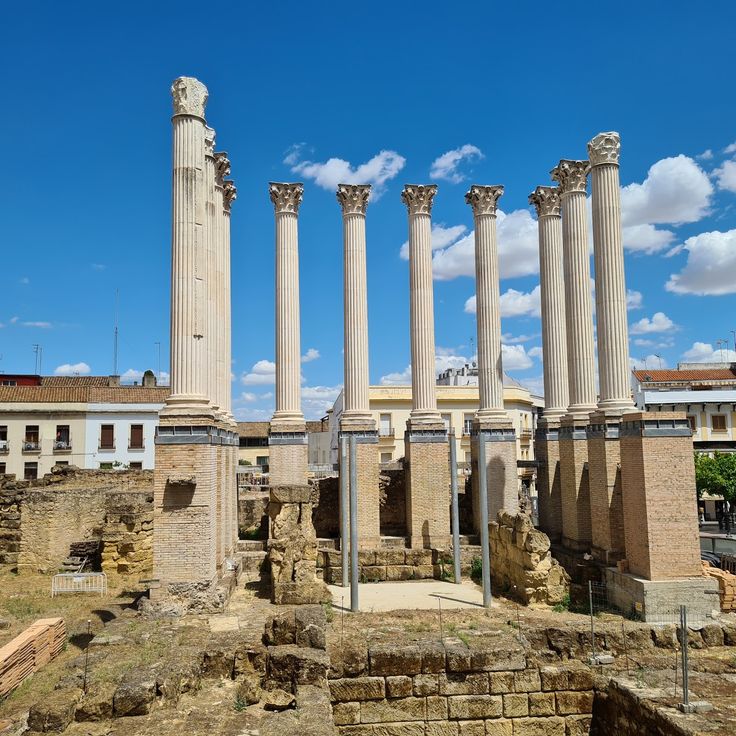
Córdoba, Spain
This Roman temple was built in the first century AD during the reign of Emperor Claudius. The structure features six Corinthian columns made of white marble, standing on a podium measuring 3.5 meters in height. The remains are located in the old town of Córdoba and document the city's Roman past as the capital of the province of Hispania Baetica.

Córdoba, Spain
The Bishop's Palace of Córdoba was built in the 16th century and has served as the residence of the bishops of the diocese since its construction. The building now houses a museum of religious art, including paintings, sculptures and liturgical objects from different periods. The collection documents the history and artistic development of the Diocese of Córdoba. The palace is located in the historic old town, in close proximity to the Mezquita-Catedral. The architecture combines Renaissance elements with later structural additions.
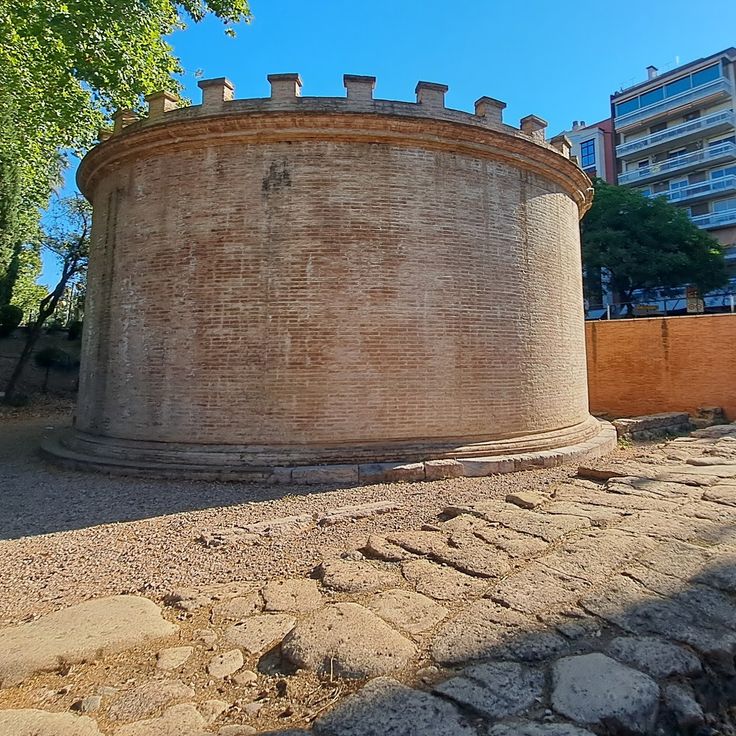
Córdoba, Spain
This Roman mausoleum is located in the western part of Córdoba and dates back to the period of Roman occupation in Hispania. The funerary structure was built using dressed stone blocks and features various architectural elements that have been partially preserved over the centuries. The monument served as a burial place for wealthy Roman families and documents the funeral customs of ancient society in this region.
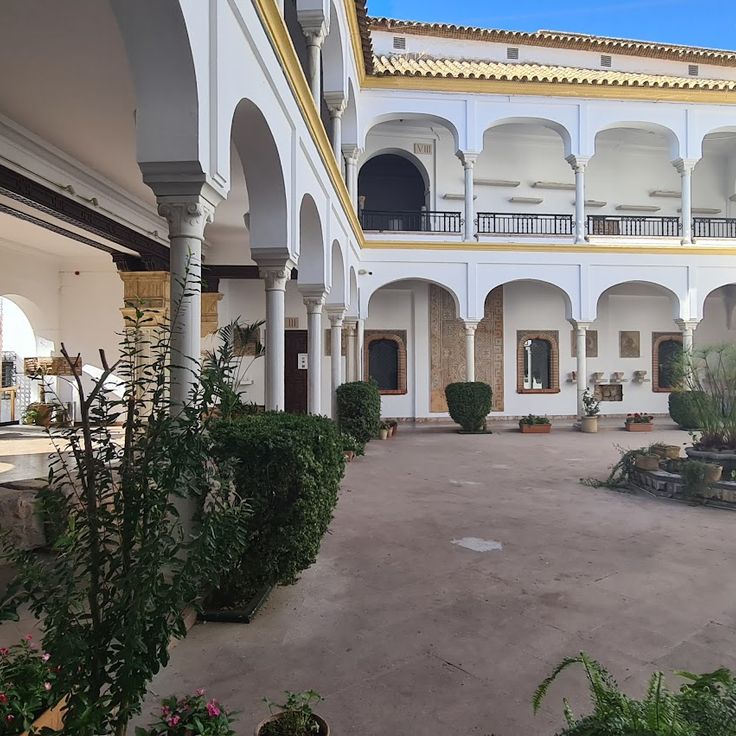
Córdoba, Spain
This noble residence was built in the sixteenth century for the Páez de Castillejo family. The stone facade displays medallions with portraits and Corinthian columns. The building was constructed over ruins of the Roman theatre of Corduba, with visible remains now preserved inside. The palace houses the city's archaeological collection, featuring finds from Iberian, Roman and Visigothic periods, as well as Moorish objects.
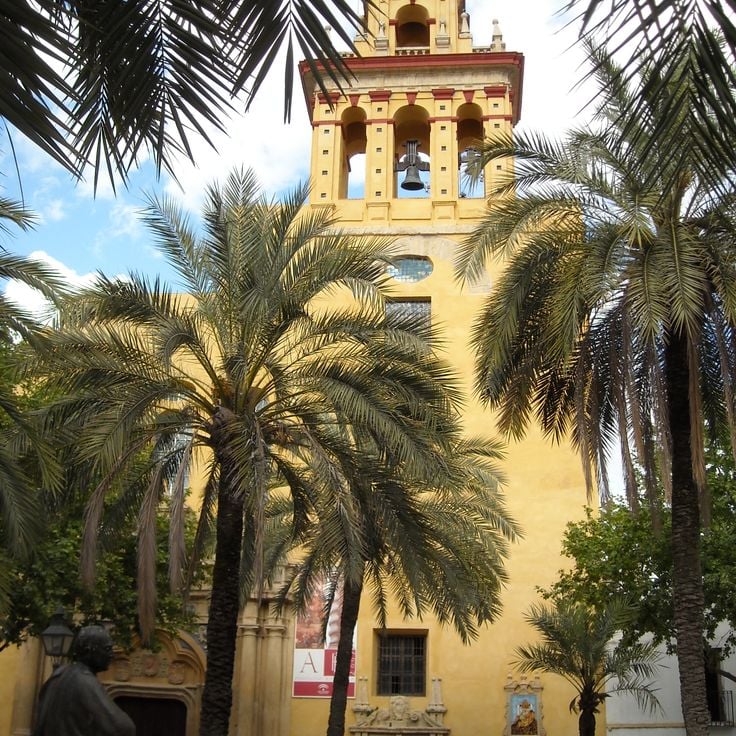
Córdoba, Spain
The Royal Collegiate Church of San Hipólito was constructed in the 14th century under King Alfonso XI of Castile and serves as a royal burial site. This Gothic structure houses the tombs of Ferdinand IV and Alfonso XI, placed in decorated stone sarcophagi with sculptural elements. The church features a single nave with pointed arches and a presbytery distinguished by its architectural design. The facade displays characteristic elements of Castilian Gothic style with an entrance portal and a rose window above. The interior preserves liturgical objects and religious artworks from different periods.